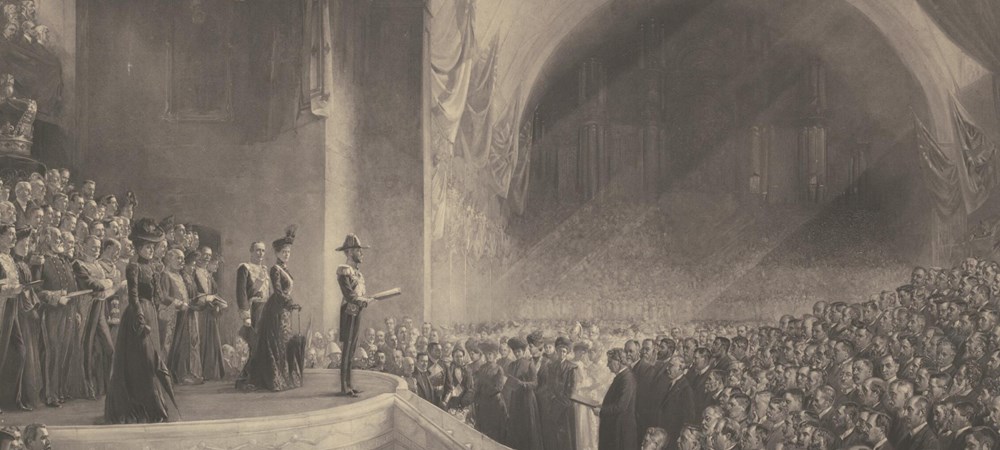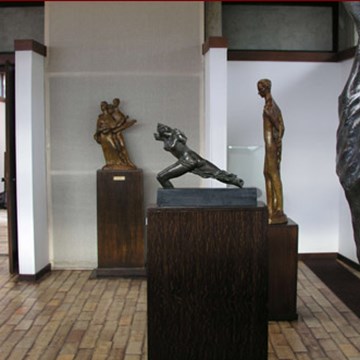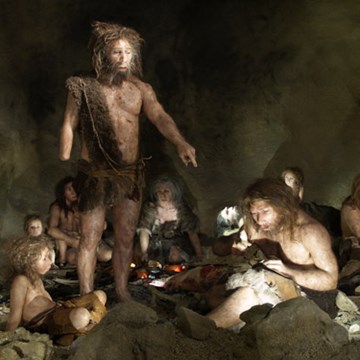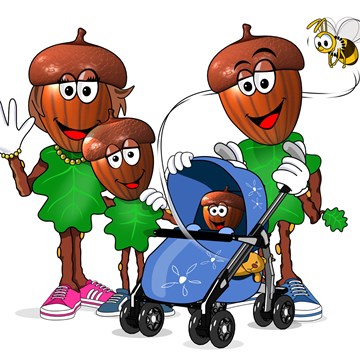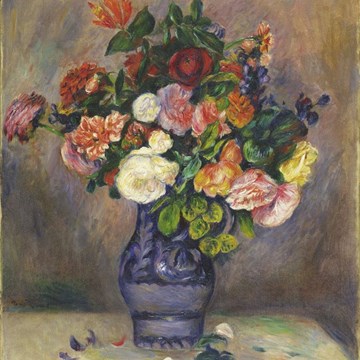Melbourne as National Captial
Federation
By 1900 all of the six self-governing colonies of Australia had resolved to join together to form a new nation. It would be called Australia. The new Commonwealth of Australia came into being on 1 January 1901, but there was, as yet, no capital city. Sydney/Melbourne rivalry prevented either of the two largest cities becoming the capital, and a new site had to be found. In 1899 it was agreed that the new capital city would be located within New South Wales. However, it must also be an equal distance from both Sydney and Melbourne. In the interim the new nation would be governed from Melbourne – an arrangement that continued until 1927. This exhibition charts some of the history of those foundation years for the Commonwealth – and for Melbourne.
Melbourne as National Capital
The formal creation of the new nation took place in the large exhibition hall of the Royal Exhibition Building. The Federal Parliament, however met thereafter in the building of the Parliament of Victoria, vacated by the Victorian Government for the duration. Meetings of the Federal Executive Council took place in the Old Treasury Building. These were turbulent years. Dreams of a modern, progressive society were tested by the horrors of the Great War. The 1919 influenza pandemic and systemic unemployment throughout the 1920s also tested the nation. Australia in these years was a profoundly divided society and those divisions often played out on the streets of Melbourne.
Advance Australia
Great optimism greeted the new nation, created at the dawn of what many saw as a new century of progress. The symbol of the rising sun was widely used, and expressed Australia’s hopes for a bright future. Visions of a progressive new society saw a suite of social legislation pass the Australian Parliament in these decades. Women’s suffrage, old-age and invalid pensions, a minimum wage (for men), an arbitration court to settle industrial disputes and a maternity allowance, were all introduced before the First World War. They defined Australia’s social and industrial world throughout the twentieth century. And as host city Melbourne seemed quintessentially progressive. With electric lights, electric trams, motor cars, picture palaces and dance halls, Melbourne was a modern metropolis with modern ideas. Such icons of the city as Flinders Street Station and Luna Park were built in these years.
Australia Fair?
But the benefits of modernity were not shared equally. All political parties were committed to building a white society in Australia at this time. Non-whites, including all Indigenous peoples, were excluded from the benefits of citizenship. Women too, although citizens, faced entrenched discrimination in public and private lives. Within the city, the grandeur of Collins and Spring Streets sat uneasily near the ‘slums’ of Little Lonsdale Street. During and after the war high unemployment and spiralling prices saw increasing poverty and disaffection. This spilled over at times of crisis into violent demonstrations on the streets of Melbourne.
The displays
The exhibition combines a timeline of milestones of the period with a multi-media presentation combining still and moving images. Included is some of the earliest footage of Melbourne in the new medium of film, capturing both scenes of everyday life and the city at play.
Exhibitions and events

Melbourne: Foundations of a City
Permanent exhibitionFrom bucolic village to bustling metropolis in forty years – this exhibition, 'Melbourne: Foundations of a City' tells the story of the astonishing growth of Melbourne. Dramatic panoramic pictures...
Activities from this museum
We don't have anything to show you here.

